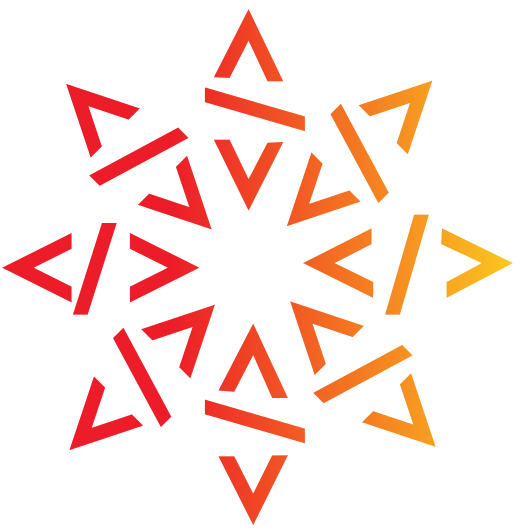Software Stories: a novel approach to present landmark legacy code
During the fifth anniversary of Software Heritage, we have unveiled Software Stories, a novel approach to present the history of landmark software projects, making it accessible to a wide range of software enthusiasts without any technical background. The Software Stories project is a joint collaboration with the sciencestories.io team and the University of Pisa.
In February 2019, UNESCO published the Paris call on Software Source Code [1] identifying a list of challenges facing software, and the importance of raising awareness among stakeholders. In particular, the Paris Call highlights the urgency to collect, curate and preserve landmark legacy source code (item 28 of the call):
[We call to] support efforts to gather and preserve the artifacts and narratives of the
history of computing, while the earlier creators are still alive
The Software Stories is supported by UNESCO as part of the shared mission to collect, preserve and share source code as precious asset of humankind [1]. The Software Stories interface is designed to highlight materials about a software title in a visual manner, similarly to a digital software museum.
The engine provides a semi-automatic tool for curators to create the presentation layer of the Software Heritage Acquisition Process (SWHAP)[2] [3] allowing curators to generate a multimedia overview of a landmark legacy software title.
For the prototype, the University of Pisa has provided three software titles that were curated in 2019 during the creation of the SWHAP. These software titles were collected and curated in GitHub and then archived in Software Heritage. For the presentation layer the collected materials and metadata were deposited in Wikidata and Wikimedia commons. You can visit https://stories.softwareheritage.org to check the Pisa collection and watch the demonstration video online. A full report of the work done to design and implement the prototype is now available on [4].
The Software Stories project supported by UNESCO, is another action toward the recognition of software source code as a a key component of human creativity.
References
[1] Expert Group Report. Paris call: Software source code as heritage for sustainable development. Available from ark:/48223/pf0000366715, 2019.
[2] Laura Bussi, Roberto Di Cosmo, Carlo Montangero, and Guido Scatena. The software heritage acquisition process. Technical Report CI-2019/WS/8, 2019.
[3] Laura Bussi, Roberto Di Cosmo, Carlo Montangero, and Guido Scatena. Preserving landmark legacy software with the software heritage acquisition process. In iPres2021 – 17th International Conference on Digital Preservation, Beijing, China, 2021. hal-03375572
[4] Morane Gruenpeter, Roberto Di Cosmo, Katherine Thornton, Kenneth Seals-Nutt, Carlo Montangero, et al.. Software Stories for landmark legacy code. [Research Report] Inria. 2021. ⟨hal-03483982⟩
[5] Katherine Thornton and Kenneth Seals-Nutt. Science stories: Using iiif and wikidata to create a linked-data application. In International Semantic Web Conference (P&D/Industry/BlueSky), 2018. (http://ceur-ws.org/Vol-2180/paper-68.pdf)
